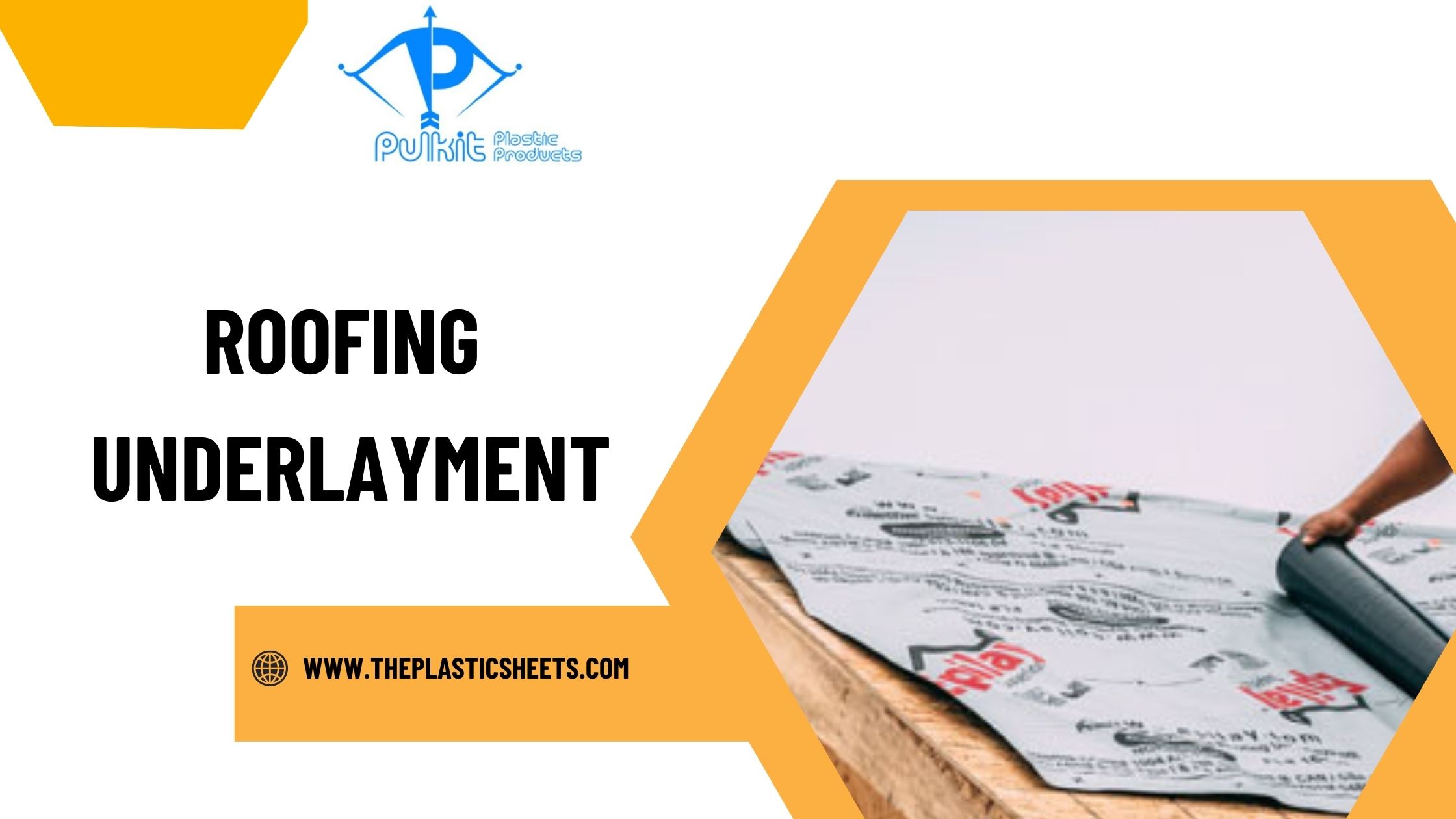
This frequently underappreciated layer is a second line of defense, a good water intrusion guard, and an important contributor to the overall life and performance of the entire roofing system. The selection of the finest Best roofing underlayment for your particular home or project is one of paying close attention to a host of variables such as the type of roof material, the climate in your area, and the particular requirements of the building.
Learning the Crucial Role of Roofing Underlayment
Its main purpose is to serve as a second layer of protection from water entry, particularly in zones where the first layer of roofing material might be weakened because of damage, poor installation, or extreme weather. It also keeps the roof deck dry of water that has condensed under the roofing material. Furthermore, underlayments can also provide a number of other advantages, such as improved fire resistance or increased surface hardness on which to place the main roofing material. Choosing the appropriate underlayment is thus not a frivolous decision but part of a needed step in the construction of a durable and trustworthy roof.
Surfing the Types: From Ancient Felt to Modern Synthetics
Most classical types traditionally found have been asphalt-impregnated felt and also referred to as tar paper. Although fairly priced, felt underlayment can rip, will likely soak up water, and will degrade over time, particularly if it is left in the sun. Today’s replacement materials include synthetic underlayment, generally consisting of polypropylene or polyethylene. Synthetics have a higher resistance to tearing, are generally lighter weight and simpler to install, and are more water-retentive and more UV-light resistant than felt. For some use over low-slope roofs, when ice dams are present, or otherwise where leakage protection from such elements must be enhanced, a total watertight seal can be achieved
Taking Weather and Roofing Material into Account: Adjusting Your Selection
The best underlayment for the roof on your job will vary in great part based on weather in your area and what material will be going on top. In areas prone to heavy rain or snow, a heavier, more water-impermeable underlayment has to be utilized. In warm weather, underlayment resistant to high UV radiation, and heat, is preferable. For example, Roof underlayment for metal roofs may require higher heat resistance and can be smoother. This avoids telegraphing (transferring the imperfections in the underlayment onto the metal panels). Synthetic underlayments are usually used on metal roofs since they are heat-resistant and long-lasting.
Indian Options: Local Factors
India’s climate ranging from tropical to alpine results in roof underlayments being an option that must be selected with extreme care. Monsoon rains dump heavy, prolonged rain on huge swaths of the country, so waterproofing is a top priority. The intense heat prevalent to the west and north of the country requires underlayments that will not deteriorate as a result of heat. Although older materials such as asphalt felt are still available, the advantages of newer synthetic underlayments’ increased longevity and weather resistance are more realized. Selecting appropriate Roof underlayments in India is a matter of taking local weather into account and procuring fine products that will fulfill these roles.
Though companies individually may differ, guidelines to select a durable and water-resistant underlayment continue to remain most vital. Other similar businesses, such as Pulkit Plastic Products in Surat, Gujarat, while largely known for other plastic-based products, are among the expanded manufacturing capacities in India that can reach or support the roofing underlayment sector, particularly when it comes to synthetic products.
Key Things to Consider When Making Your Decision: Performance and Strength
In selecting the best underlayment for roofing, the top items to be decided on should be yours. Water resistance is of highest priority, as the underlayment’s main function is water resistance. Durability, tear resistance, and UV stability will make the underlayment withstand installation and weathering. Finally, the underlayment life should be at least as long or longer than that of the principal roofing material to ensure long-term performance.
Conclusion
By taking the time to learn about the various types of underlayment available, the unique demands of your climate and style of roof, and the major factors such as water resistance and durability, you can make an informed choice that will give your home or project an intangible but priceless barrier against the elements for many years to come.
Frequently Asked Questions
Q: Do new shingles need to be put over an old shingles roof without underlayment?
A: Although it may be inexpensive and quick, laying new shingles over old shingles without a quality underlayment isn’t ideal in most scenarios and is usually prohibited under building codes.
Q: How long can roofing underlayment be exposed to the weather before being overlaid with the top roofing material?
A: The amount of time roofing underlayment can be exposed to the weather depends on the type of underlayment.
Q: Will the color of roofing underlayment influence its performance or attic space temperature?
A: The color of the roof underlayment will have little effect on the temperature of the attic space.